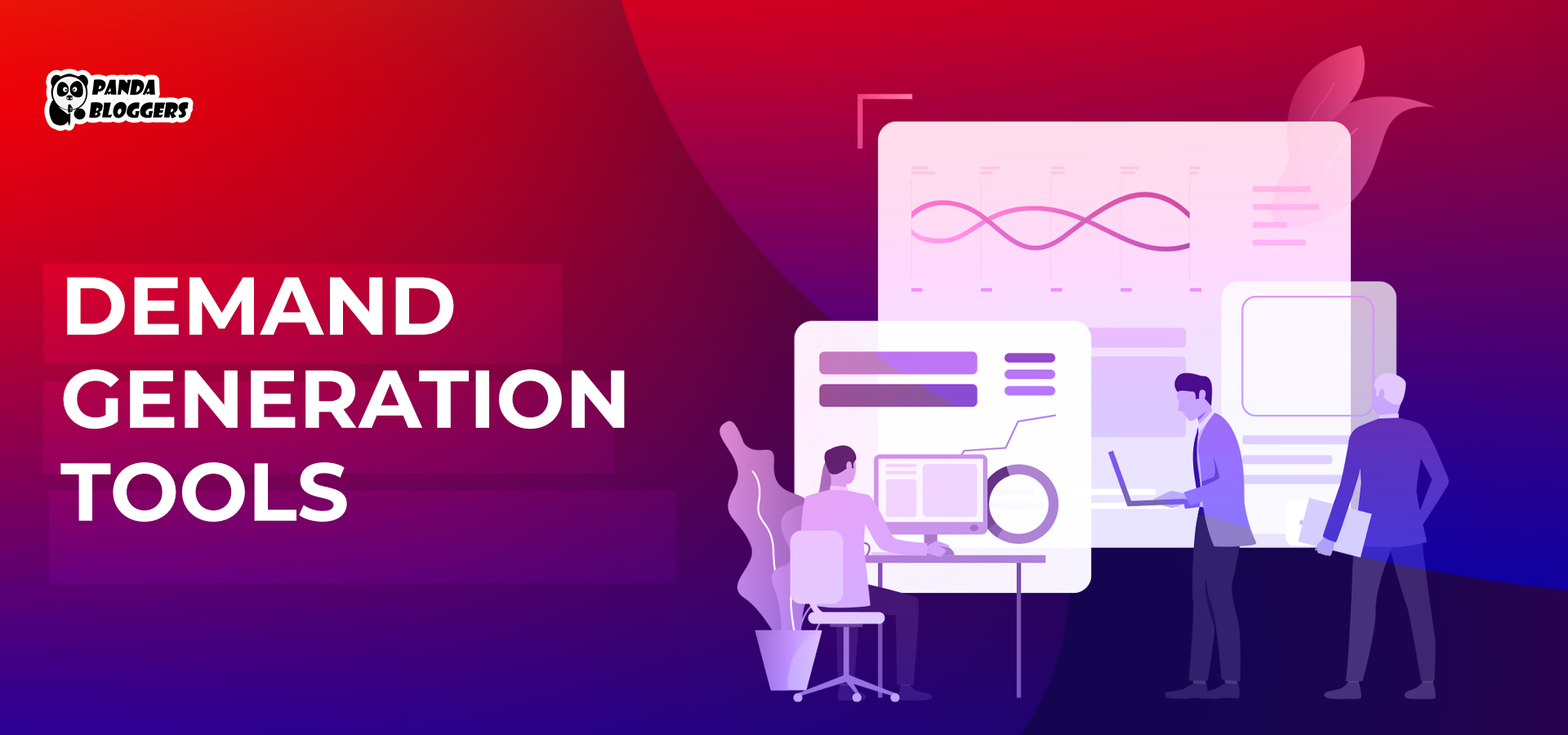 Demand Generation Tools
Demand Generation Tools
As an umbrella of marketing programs, demand generation focuses on making potential B2B customers interested in and excited about the products/services offered by a company. Companies generate demand for their offerings by implementing digital marketing strategies like content marketing, search engine optimization, social media promotion, email marketing, paid advertising, and account-based marketing.
At the same time, they remain on top of the minds of potential B2B customers even when they are not in a buying cycle through activities like lead scoring and lead nurturing. Demand generation tools help them save time and resources by streamlining these activities. They help brands attract, engage, and nurture potential customers by automating repetitive tasks like landing page optimization, customer segmentation, and lead scoring.
In this blog, we discuss 12 demand generation tools that B2B companies use widely for generating and increasing demand for their products and services.
Strategic Framework: How to Choose and Layer Your Tools
Building an effective demand generation strategy isn’t just about picking the right tools — it’s about understanding how they work together to drive results. Here’s a framework to help you evaluate and layer your tools for maximum efficiency and impact.
Define Your Goals
Every marketing stack should start with clear goals. Ask yourself whether your primary focus is outreach, engagement, analytics, conversion, or account-based marketing (ABM). For example, if your goal is to boost top-of-funnel awareness, you may need SEO and content-focused platforms like SEOTesting or Webflow. On the other hand, if conversions are your priority, automation and CRM-driven tools such as HubSpot or LeadFeeder will provide better ROI. By aligning your tools with your marketing objectives, you can ensure that every platform you adopt serves a clear, measurable purpose in your strategy.
Integration Readiness
A tool’s ability to integrate with your existing systems can make or break your workflow. Before committing, check if the platform syncs with your CRM, email service provider, or project management tools. For example, a CRM like HubSpot integrates seamlessly with platforms like LinkedIn Sales Navigator for prospecting and Mailchimp for email automation, making your campaigns more cohesive. Tools that lack integration capabilities often create silos, wasting time and reducing the accuracy of your data. Prioritizing integration ensures your demand generation strategy runs smoothly across channels.
Ease of Use vs. Capability
Not every powerful tool is easy to master, and not every simple tool can handle complex strategies. Finding the right balance is key. Platforms like Webflow or Sequel are user-friendly and perfect for quick implementation, even for non-technical teams. On the other hand, tools such as HubSpot or LeadFeeder offer advanced features and deeper insights but require a steeper learning curve. Evaluate your team’s skill level and the complexity of your campaigns when making this decision to ensure your tools empower — not overwhelm — your strategy.
Scalability and Pricing
Your demand generation needs will evolve as your business grows, so choose tools that scale with you. Start with free or lightweight plans — like Clay’s free tier for data enrichment or Webflow’s basic plan for website creation — while you refine your processes. As you see results and your campaigns grow, you can upgrade to premium plans that offer advanced automation, in-depth analytics, and dedicated support. This phased approach prevents overspending early on while ensuring you have room to grow without having to switch platforms later.
Role in Funnel Stages
Effective demand generation requires understanding how tools fit into each stage of your marketing funnel. In the awareness stage, tools like SEOTesting and Webflow help increase visibility and attract prospects. For engagement, platforms such as Descript for video content and Sequel for interactive webinars foster deeper connections with your audience. Finally, in the conversion stage, automation platforms like HubSpot and analytics tools like LeadFeeder help nurture prospects and push them closer to a buying decision. By mapping each tool to a specific stage, you can create a seamless and efficient demand generation ecosystem.
Overview of 9 Widely Used B2B Demand Generation Tools
1) LinkedIn Sales Navigator
This premium sales tool helps B2B marketers identify high-value prospects and engage them through elevated conversion. LinkedIn Sales Navigator uncovers target accounts by scanning existing connections and past customers. Strategists can use the advanced search options provided by the software to identify the right customers using over 50 filters.
They can further contact and engage decision-makers at the right time by sending messages to a built-in messaging tool – InMail. At the same time, the demand generation tool enables them to generate automated reports, track customer engagement, and receive buyer interest alerts. B2B companies can integrate Sales Navigation seamlessly with their existing CRM systems.
2) HubSpot Marketing Hub
HubSpot has launched Marketing Hub as an all-in-one marketing automation platform. The software boosts demand generation by automating high-quality lead generation, engagement, and conversion activities. In addition to attracting and identifying high-quality leads, the software helps businesses run multichannel marketing campaigns by providing tools.
Marketers can further use the integrated software to create emails using customizable templates and choose the best version of the email by conducting A/B testing. Likewise, the data-driven insights shared by Marketing Hub help them attract more leads, personalize their offerings, and refine marketing campaigns. However, an organization must subscribe to the premium edition of HubSpot Marketing Hub to access robust tools and data analytics.
3) LeadFeeder
LeadFeeder helps brands identify B2B prospects and convert them into high-value leads. It facilitates demand generation by providing tech solutions for website visitor tracking, lead generation, account-based marketing, and sales prospecting. A business can track website visitors and collect their contact details by installing LeadFeeder Tracker Script on its website.
In addition, it identifies high-intent prospects through sales prospecting and sends details about qualified leads to the marketing and sales teams by email or using CRM. At the same time, B2B marketers can use LeadFeeder to run account-based marketing campaigns. The software simplifies account-based marketing by monitoring targeted accounts and measuring the ROI. However, LeadFeeder provides only company-level data. Marketers have to put in extra time and effort to gather information about employees working in these companies.
4) Clay
The new-generation marketing automation software features a robust AI research agent. The AI research agent developed by GTM makes Clay effective in accelerating demand generation based on demand data from multiple sources. At the same time, B2B marketers can use the software to access over 75 consolidated data enrichment tools.
Clay helps B2B businesses collect high-quality customer data regularly and keep the data up-to-date automatically. At the same time, marketers can use the software to score leads, build targeted lead lists, track intent data, and store data in CRM systems. The free edition of Clay supports up to 100 people/contact searches. A company has to update to a premium version to increase searches and avail of advanced features.
5) Sequel
Sequel drives demand generation by engaging potential B2B customers through hosting webinars. B2B companies use the webinar solution to provide website visitors with virtual event experiences. At the same time, Sequel helps them capture customer contact details by creating customized registration forms and email sequences.
Marketers can further boost website visitor engagement by conducting polls and Q&As using engagement tools. Sequel helps strategists gain post-event insights by featuring robust data analytics. Also, a company can scale demand generation campaigns flexibly using Sequel AI. However, marketers find it challenging to learn and set up Sequel due to its complexity.
6) Descript
Descript boosts demand generation by simplifying video creation. Marketers can use the software to streamline activities like video editing, caption adding, transcription creation, multitrack audio editing, and podcast recording. Descript helps them create customized avatars and realistic voice tones using AI. It further uses AI to choose the best clips for a video.
However, marketers can still need additional software to edit videos effectively. Likewise, they need to revise and rewrite the transcript due to issues related to accent and background noise. However, B2B companies leverage Descript to generate demand by converting website visitors into leads. Also, they avail of advanced features by subscribing to premium pricing plans like Starter, Growth, and Premium.
7) Warmly
As an AI agent, Warmly helps B2B marketers understand the ideal customers based on person-level intent signals. At the same time, they can use the modern demand generation tool to engage potential customers by sending the right message at the right time using the right channel. Warmly further enables B2B companies to scale demand generation campaigns on demand.
B2B businesses use AI-powered software to target hidden buyers by running intent-driven ads. Warmly facilitates lead segmentation and lead workflow creation based on online and offline signals. It further tailors AI-driven conversations according to the behavior and interests of website visitors. At the same time, it optimizes the approach by understanding visitor needs using advanced data analytics.
8) SEOTesting
As a tried and tested strategy, search engine optimization (SEO) drives demand generation by increasing brand visibility and website traffic organically. However, brands can accelerate demand generation only by testing and experimenting with SEO strategies regularly. SEOTesting simplifies these tests and experiments by providing robust features. Marketers use SEOTesting to understand what is working and what is not.
At the same time, the software helps them assess the impact of each change by conducting split testing. SEO Testing further helps them monitor and evaluate SEO strategies and campaigns by generating progress, CTR optimization, and content-focused reports. The website monitoring feature of the tool enables marketers to monitor content performance and create content groups based on real-time data. However, B2B marketers have to subscribe to a premium plan according to the number of websites to be monitored and optimized.
9) Webflow
No B2B brand can boost demand generation without optimizing its website. In addition to improving the website’s user experience, it must impress and engage visitors with compelling content and clear action. Webflow makes it easier for marketers to build high-performing websites, manage multiformat content, and create immersive experiences.
The visual canvas provided by Webflow enables marketers to build websites and landing pages without writing any code. At the same time, marketers can customize the website for the target audience using localization tools. Webflow makes it easier for them to manage and scale content by featuring a visual CMS. However, companies must subscribe to a premium plan to avail of the advanced features required for building large and complex websites.
Conclusion
Demand generation tools help B2B companies create brand awareness and raise customer interest by curbing complexities and costs. New-age demand generation software analyzes real-time data and shares data-driven insights. These actionable insights help strategists refine and adjust demand generation activities by making informed decisions.
However, these popular tools for B2B demand generation differ from each other in several aspects, including user-friendliness, features, customization options, scalability, and price. Also, brands have to automate the entire demand generation process by integrating multiple tools. Hence, it becomes essential for strategists to evaluate and compare these tech tools according to their precise needs and goals.


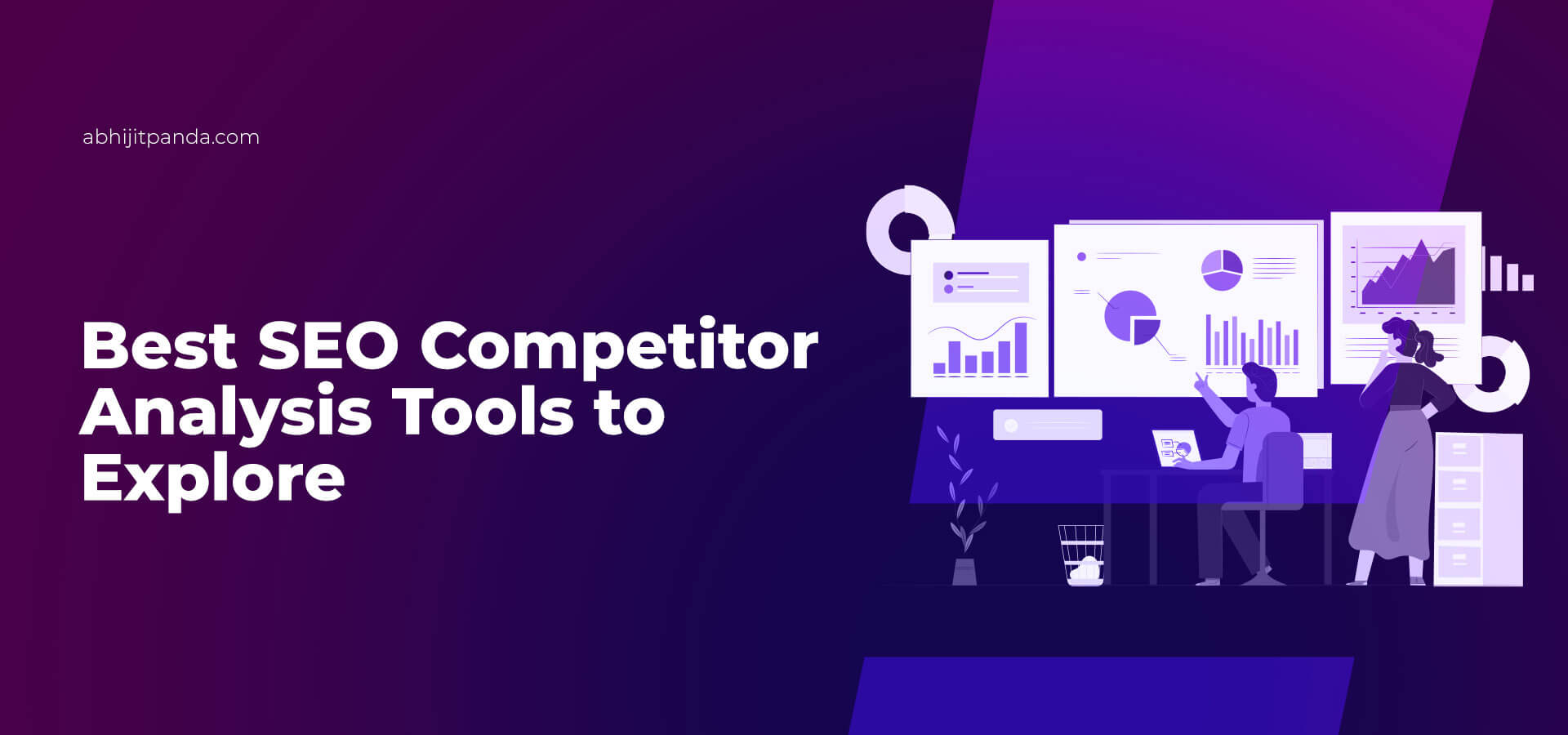
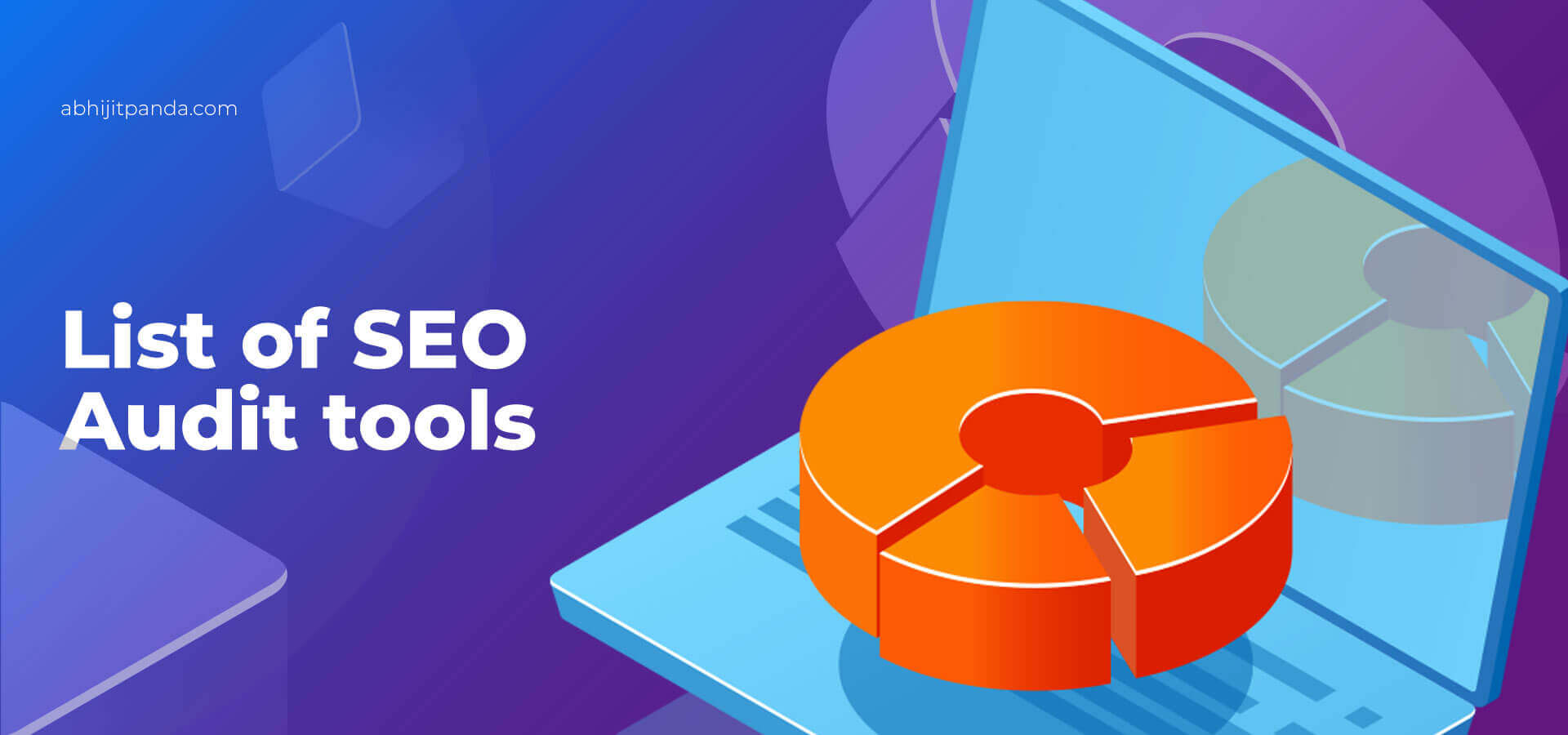
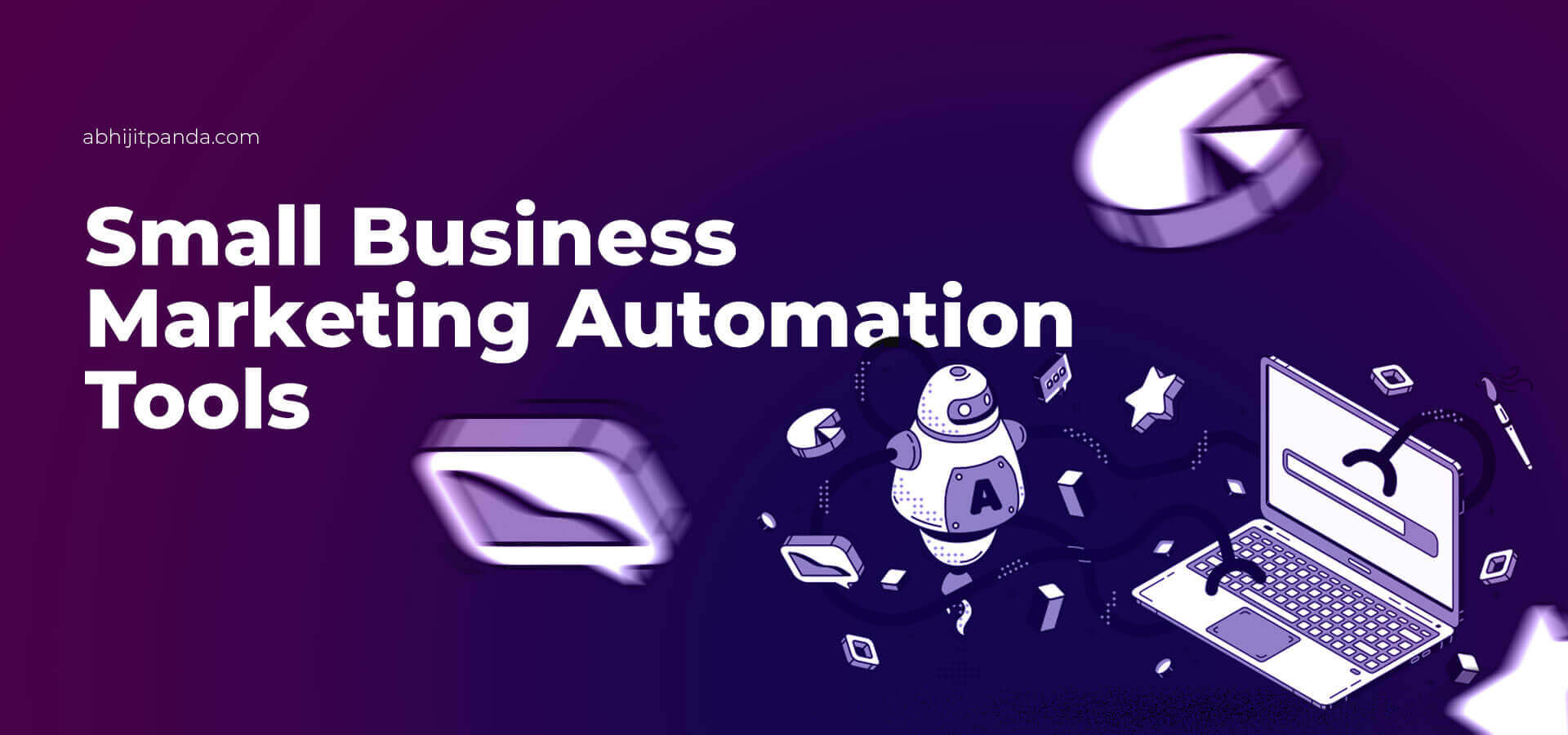
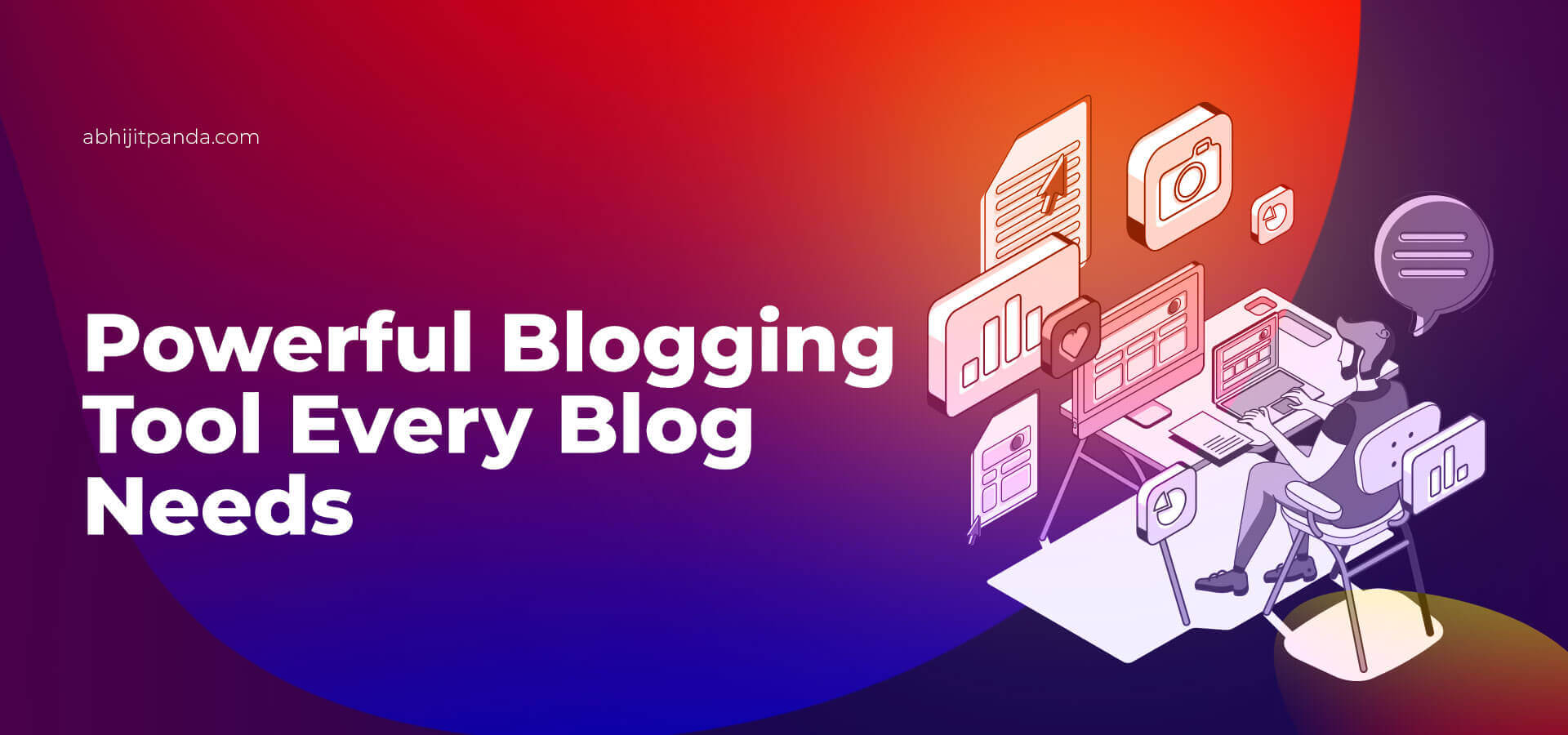
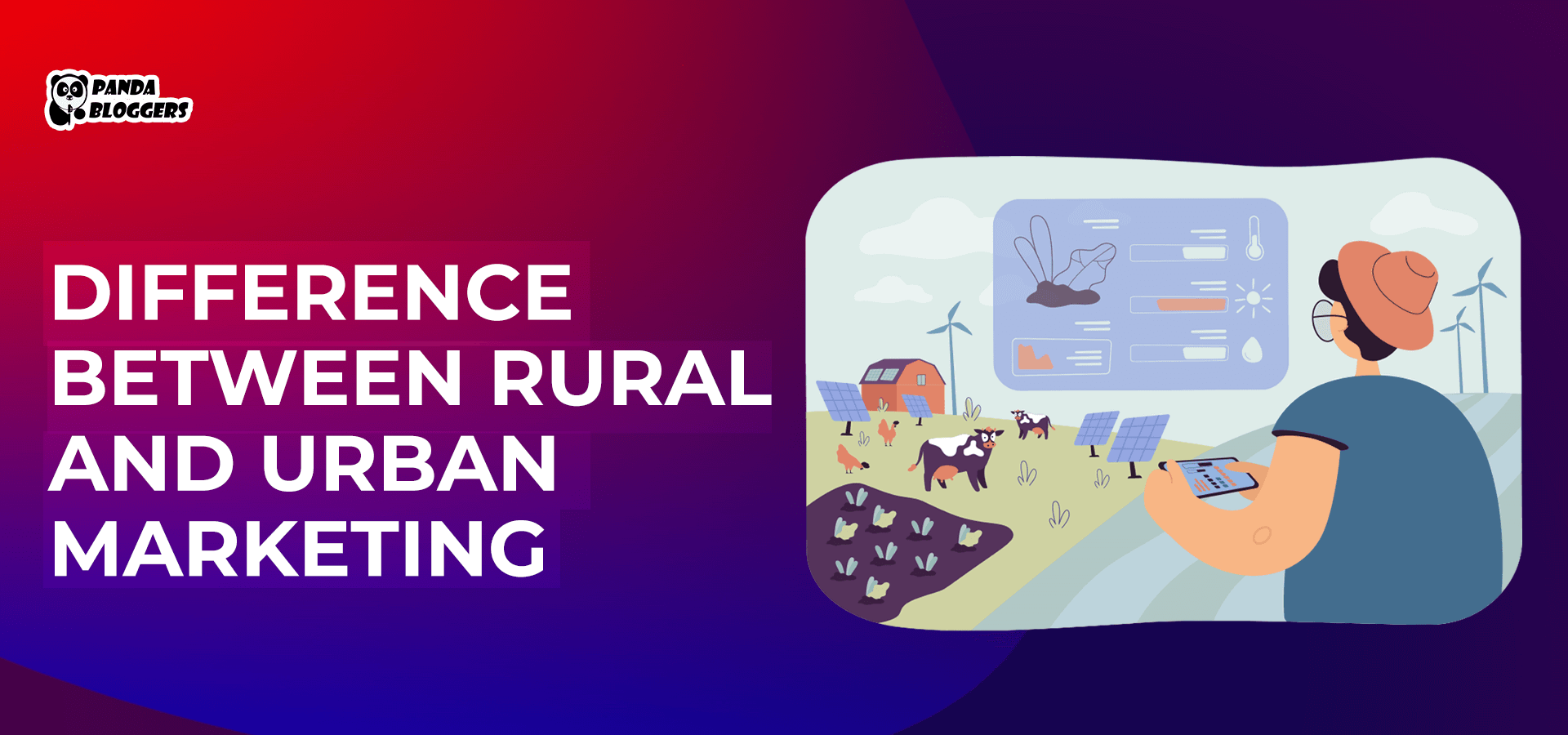

Leave a Reply